Home>Garden Essentials>Garden Plants>How And When To Harvest Thyme
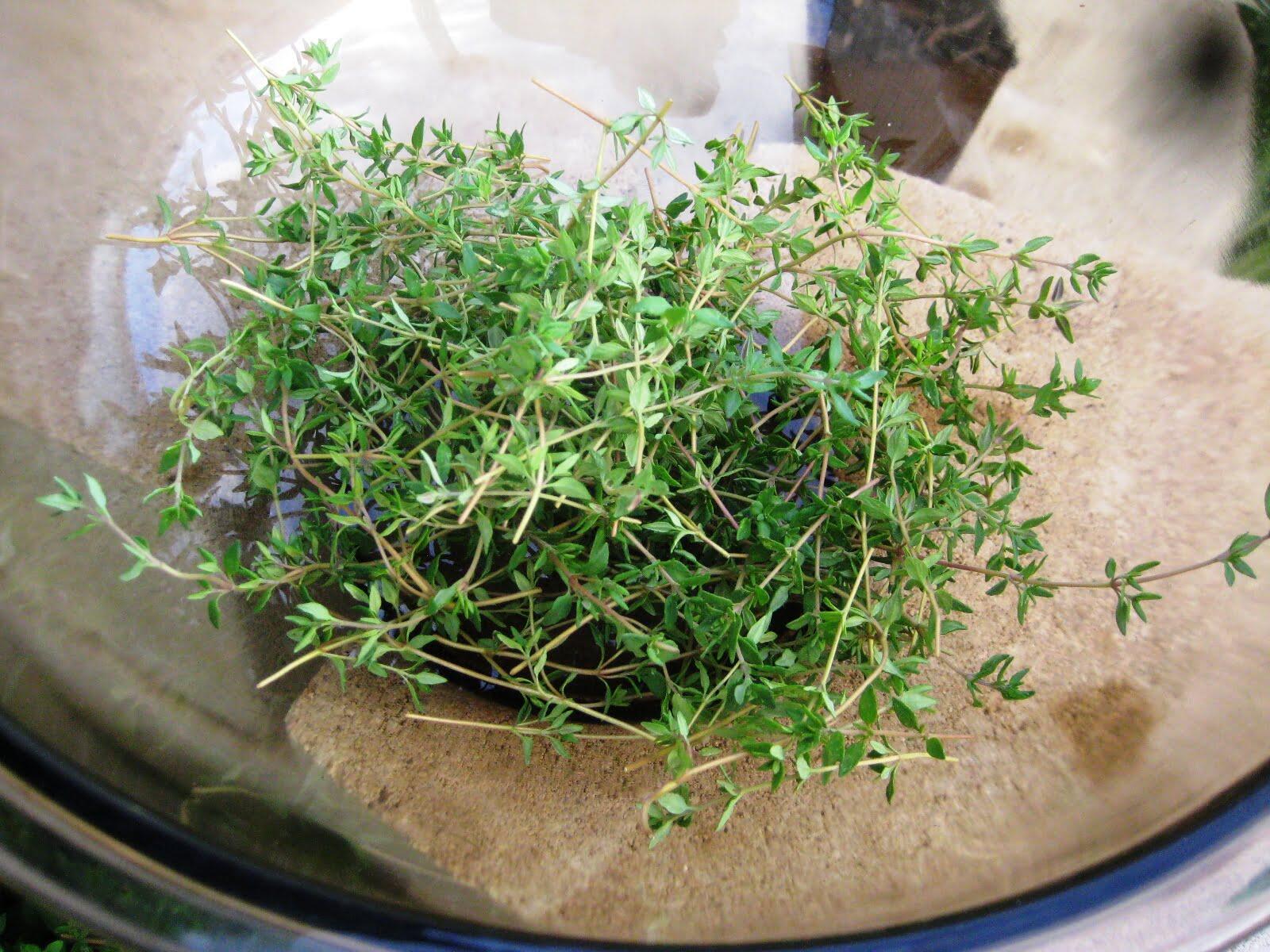

Garden Plants
How And When To Harvest Thyme
Modified: February 24, 2024
Learn when and how to harvest thyme plants and enjoy the fresh flavors in your culinary creations. Follow our expert tips for the best results.
(Many of the links in this article redirect to a specific reviewed product. Your purchase of these products through affiliate links helps to generate commission for Storables.com, at no extra cost. Learn more)
Introduction
Welcome to the world of thyme harvesting! Whether you are an avid gardener or a culinary enthusiast looking to add fresh flavors to your dishes, knowing how and when to harvest thyme is essential for maximizing its fragrance and taste. Thyme is an aromatic herb that belongs to the mint family, and it is widely used in Mediterranean cuisine for its earthy and slightly floral flavor.
Harvesting thyme allows you to harness the full potential of this versatile herb. However, it’s important to understand the optimal time for harvest and the proper techniques to ensure the best quality and longevity of your harvested thyme. In this article, we will guide you through the process of harvesting thyme, from recognizing when it’s ready for harvest to storing and preserving it.
So, let’s dive into the world of thyme harvesting and unlock the secrets to capturing that delightful thyme essence!
Key Takeaways:
- Harvest thyme just before it blooms for maximum flavor and aroma. Use sharp pruning shears, handle with care, and store properly to preserve its freshness and quality.
- Thyme can be harvested multiple times throughout the year. Remember to label and date storage containers, and consider drying or freezing excess thyme for long-term use.
Read more: When To Harvest A Loofah
Understanding Thyme Harvesting
Before embarking on your thyme harvesting journey, it’s important to have a basic understanding of how thyme grows and the best practices for harvesting it. Thyme is a perennial herb that thrives in well-drained soil and requires plenty of sunlight. It is known for its small, aromatic leaves that are packed with flavor.
Thyme plants usually grow into compact, bushy shrubs that can reach a height of 6-12 inches. They are characterized by woody stems and small clusters of tiny flowers in shades of pink, purple, or white. To ensure an abundant harvest, thyme requires regular pruning, which promotes new growth and prevents the plant from becoming too leggy.
When it comes to harvesting thyme, the leaves are the main treasure. The leaves of thyme can be harvested at any time during the growing season, but they are most potent just before the plant blooms. This is when the aromatic oils in the leaves are at their peak, giving you the best flavor and fragrance.
Thyme is an herb that can be harvested throughout the year, but it’s important to keep in mind that the plant needs time to replenish and recover after each harvest. By using proper harvesting techniques and following the appropriate timing, you can ensure the longevity and health of your thyme plants.
Now that we have a basic understanding of thyme harvesting, let’s move on to the crucial question of when to harvest thyme.
When to Harvest Thyme
Timing is everything when it comes to harvesting thyme. The goal is to harvest the herb when it is at its peak in terms of flavor and aroma. As mentioned earlier, the ideal time to harvest thyme is just before it blooms.
To determine when your thyme plants are ready for harvest, keep an eye on the growth and development of the plant. Thyme usually takes around 2-3 months to reach a stage where it can be harvested. However, the exact timing may vary depending on various factors such as growing conditions, climate, and thyme variety.
A good rule of thumb is to start checking for signs of readiness around the 10-week mark. Look for a dense growth of leaves and healthy green color. As the plant approaches maturity, you will notice an increase in the aroma. Gently pinch a leaf between your fingers and rub it. If the scent is strong and fragrant, it’s a good indication that the thyme is ready for harvest.
Another clue is the appearance of flower buds. Thyme plants produce small clusters of flowers, which are a sign that the plant is reaching its reproductive stage. To ensure maximum flavor, it’s recommended to harvest thyme before the flowers open. This is when the plant’s energy is concentrated in the leaves, resulting in a more intense flavor.
Keep in mind that thyme can be harvested multiple times throughout the growing season. So, don’t worry if you miss the ideal timing for the first harvest. Simply trim the plant above the woody stems, leaving a few inches of growth, and allow it to regenerate. With proper care and maintenance, your thyme plants will continue to produce fresh leaves for future harvests.
Now that we know when to harvest thyme, let’s move on to the next step: recognizing the signs that thyme is ready for harvest.
Signs That Thyme is Ready for Harvest
When it comes to harvesting thyme, it’s essential to be able to identify the signs that indicate the herb is ready for harvest. By recognizing these signs, you can ensure that you harvest the thyme at its peak flavor and aroma. Here are some key indicators that thyme is ready for harvest:
- Leaf density: Thyme reaches its optimal harvest time when it has a dense growth of leaves. Look for a bushy, compact plant with plenty of foliage. The leaves should be healthy, vibrant green, and packed closely together.
- Aroma: The aroma is a crucial factor in determining if thyme is ready for harvest. Gently brush your fingers against a leaf and bring it close to your nose. If the scent is strong and fragrant, it’s a good indication that the essential oils in the leaves have developed fully.
- Leaf texture: Mature thyme leaves have a firm and slightly leathery texture. They should not be too soft or wilted. Avoid harvesting thyme with leaves that are yellow or browning, as this may indicate that the plant is past its prime.
- Flower buds: As thyme approaches its harvest time, you may notice small clusters of flower buds forming at the tips of the stems. While these flowers can add a decorative touch to your garden, it’s recommended to harvest the thyme before the buds fully open. At this stage, the plant’s energy is focused on leaf production, resulting in the best flavor.
- Time of day: For the most potent flavor and aroma, it’s advisable to harvest thyme in the morning, after the dew has dried but before the heat of the day. This is when the essential oils are most concentrated in the leaves, providing the best sensory experience.
Remember, the signs mentioned above are general guidelines, and ultimately, the taste and aroma of the harvested thyme will depend on personal preference. It’s always a good idea to experiment with different harvest times and observe the results to find the flavor profile that suits your taste.
Now that we know the signs to look for, let’s gather our tools and materials for a successful thyme harvest!
Tools and Materials Needed for Harvesting Thyme
When it comes to harvesting thyme, having the right tools and materials on hand can make the process much easier and more efficient. Here are the essential items you’ll need for a successful thyme harvest:
- Pruning Shears: A pair of high-quality pruning shears is essential for cleanly and easily cutting through the woody stems of the thyme plant. Look for shears with a sharp blade and a comfortable grip to minimize hand fatigue during the harvest.
- Gardening Gloves: Protecting your hands is important, especially when dealing with thyme plants that may have small prickly leaves. Invest in a sturdy pair of gardening gloves to shield your hands from any potential scratches or irritations.
- Basket or Harvesting Container: Once you’ve harvested the thyme, you’ll need a container to gather and store the freshly cut herbs. Choose a basket or container that is lightweight, spacious, and breathable to allow air circulation and prevent moisture buildup.
- Watering Can or Spray Bottle: Before harvesting thyme, it’s a good idea to give the plants a gentle mist of water to hydrate the leaves. This will make them easier to handle during the harvest and help maintain their freshness.
- Labels or Tags: If you have different varieties of thyme growing in your garden, it’s important to label each plant to avoid confusion during and after the harvest. Use labels or tags to mark the varieties and harvest dates, ensuring you can keep track of each plant’s characteristics.
- Resealable Plastic Bags or Herb Jars: After harvesting thyme, you’ll want to store the herbs properly to maintain their flavor and aroma. Resealable plastic bags or herb jars are ideal for this purpose. Label the storage containers with the date of harvest to keep track of freshness.
Having these tools and materials readily available will streamline the thyme harvesting process and ensure that your harvested herbs are well-preserved. Now that we’re equipped, let’s move on to the step-by-step guide for harvesting thyme!
Harvest thyme in the morning when the essential oils are at their peak. Cut the stems just above the woody growth, leaving at least 5 inches to encourage regrowth.
Read more: When To Harvest Asparagus Seeds
Step-by-Step Guide to Harvesting Thyme
Harvesting thyme may seem daunting at first, but with the right technique, it can be a straightforward and rewarding process. Follow this step-by-step guide to ensure a successful thyme harvest:
- Select the Right Time: Wait until your thyme plant reaches the optimal harvest time, typically just before it blooms. This is when the leaves are most flavorful and fragrant.
- Gather Your Tools: Ensure you have your pruning shears, gardening gloves, and harvesting container nearby for easy access.
- Inspect the Plant: Take a close look at the thyme plant and identify the stems that are ready for harvest. Look for dense foliage and healthy leaves.
- Position Yourself: Stand in front of the thyme plant and select a stem to start with. It’s recommended to begin from the outer parts of the plant and work your way inward.
- Cut the Stems: Using sharp pruning shears, make a clean cut about a few inches above the base of the thyme plant. Avoid cutting too close to the base, as this can hinder new growth.
- Collect in Batches: As you cut the stems, place them gently into your harvesting container. Try to keep batches separate if you have multiple thyme varieties.
- Move Carefully: Continue harvesting the thyme by sequentially moving around the plant, selecting and cutting stems as you go. Be mindful not to damage neighboring stems or flowers.
- Inspect for Pests: While harvesting, keep an eye out for any signs of pests or diseases on the plant. If you spot any, remove affected parts or take necessary actions to protect the plant.
- Trim Excess Leaves: Once you have finished harvesting, you can trim off excess leaves from the stems if desired. This will sharpness the thyme and make it easier to handle and store.
- Store and Preserve: Place the harvested thyme in resealable plastic bags or herb jars. Label them with the date of harvest and store them in a cool, dry place away from direct sunlight.
By following these steps, you can confidently harvest your thyme plants and enjoy the fresh, aromatic herbs in your culinary creations. Now that you’ve successfully harvested your thyme, let’s discuss some essential tips for preserving its flavor and quality.
Tips for Successful Thyme Harvesting
To ensure a successful thyme harvest and maintain the herb’s flavor and quality, here are some essential tips to keep in mind:
- Harvest in the Morning: Harvest thyme in the morning when the essential oils are most concentrated. This is when the flavor and aroma are at their peak.
- Use Sharp Pruning Shears: Invest in a pair of sharp pruning shears to make clean cuts and avoid damaging the plant. Dull blades can crush the stems, affecting the overall quality of the harvested thyme.
- Handle with Care: Handle the thyme stems gently to avoid bruising the leaves. Crushed or damaged leaves can lose their flavor and essential oils more quickly.
- Trim Excess Stems: Remove any excess stems or leaves that are not suitable for culinary use. This will help maintain the overall freshness and quality of the harvested thyme.
- Wash with Caution: Thyme leaves are delicate, so it’s best to avoid washing them before storage. If necessary, lightly rinse the leaves with cool water and pat them dry with a paper towel.
- Store Properly: Store the harvested thyme in an airtight container, such as resealable plastic bags or herb jars. This will help retain the flavor and aroma for a longer period.
- Label and Date: Label the storage containers with the date of harvest to keep track of freshness. Additionally, if you have different thyme varieties, label them accordingly to avoid confusion.
- Avoid Overharvesting: Be mindful not to overharvest your thyme plant. Allow it time to rejuvenate and produce new growth between harvests to ensure the long-term health and productivity of the plant.
- Experiment with Drying: If you have an abundance of thyme, consider drying some for future use. Hang thyme stems upside down in a dry, well-ventilated area until they are fully dried. Store the dried thyme in airtight containers.
- Share the Harvest: If you have more thyme than you can use, share it with friends, family, or neighbors. Freshly harvested thyme makes a wonderful gift for fellow gardeners and culinary enthusiasts.
By following these tips, you’ll not only enjoy a successful thyme harvest but also ensure that the harvested herbs retain their flavor, aroma, and quality for an extended period. Now, armed with these guidelines, you’re ready to embark on your thyme harvesting journey!
Before we conclude, let’s address some frequently asked questions about thyme harvesting.
Properly Storing and Preserving Thyme
Properly storing and preserving your harvested thyme is essential to maintain its freshness, flavor, and aroma. Here are some guidelines to help you store and preserve thyme effectively:
- Remove Excess Moisture: Before storing thyme, ensure that the leaves are dry. Excess moisture can lead to mold or spoilage. If needed, gently pat the leaves dry with a paper towel.
- Resealable Plastic Bags: Transfer the thyme stems into resealable plastic bags. Squeeze out any excess air before sealing them. This will help prevent premature wilting and maintain the quality of the leaves.
- Herb Jars: Alternatively, you can store thyme in herb jars. Remove the leaves from the stems and place them in the jars. Seal the jars tightly to preserve the flavor and aroma.
- Cool and Dry Storage: Store the sealed bags or jars in a cool, dry place away from direct sunlight. A pantry or cupboard is an ideal location. Avoid storing thyme in the refrigerator, as the moisture can cause the leaves to wilt.
- Label and Date: Label the storage containers with the variety and date of harvest. This will help you keep track of the freshness and ensure you use the oldest thyme first.
- Freezing Thyme: Another option for preserving thyme is to freeze it. Remove the leaves from the stems, place them in a freezer bag, and seal tightly. Frozen thyme can be added directly to dishes during cooking.
- Drying Thyme: If you have an excess amount of thyme, consider drying it. Hang the thyme stems upside down in a dry, well-ventilated area until they are fully dried. Once dried, remove the leaves from the stems and store them in airtight containers away from sunlight.
- Usage Notes: It’s important to note that dried thyme has a more concentrated flavor than fresh thyme. Adjust the amount accordingly when using dried thyme in recipes.
By following these guidelines, you can extend the shelf life of your harvested thyme and enjoy its wonderful flavors and aromas for an extended period. Remember, the fresher the thyme, the more potent its flavor will be, so try to use it within a few months for the best results.
Now that you know how to properly store and preserve your thyme, let’s move on to some frequently asked questions about thyme harvesting and storage.
Frequently Asked Questions (FAQs)
Q: Can I harvest thyme throughout the year?
A: Thyme is a versatile herb that can be harvested throughout the year. However, it’s best to harvest it just before it blooms when the flavor and aroma are at their peak.
Q: How often can I harvest thyme?
A: You can harvest thyme multiple times throughout the growing season. However, it’s important to give the plant time to replenish and recover between harvests.
Q: Can I store fresh thyme in the refrigerator?
A: It is generally not recommended to store fresh thyme in the refrigerator as the moisture can cause the leaves to wilt. Instead, store it in a cool, dry place away from direct sunlight.
Q: How long can I store thyme?
A: When stored properly, fresh thyme can last for up to 1-2 weeks. Dried thyme can be stored for several months to a year.
Q: Can I freeze harvested thyme?
A: Yes, you can freeze harvested thyme by removing the leaves from the stems and placing them in a freezer bag. Frozen thyme can be added directly to dishes during cooking.
Q: Can I use dried thyme instead of fresh thyme in recipes?
A: Yes, dried thyme can be used as a substitute for fresh thyme. Keep in mind that dried thyme has a more concentrated flavor, so adjust the amount accordingly in your recipes.
Q: What can I do with excess thyme?
A: If you have an abundance of thyme, consider drying it to preserve its flavor. You can also share it with friends, family, or neighbors or use it to make infused oils, vinegar, or herb blends.
Q: How can I ensure the best flavor when using harvested thyme?
A: For the best flavor, use your harvested thyme soon after harvesting. The flavor is most potent in freshly picked thyme.
Q: Can I use harvested thyme for decorative purposes?
A: While fresh thyme can be used for decorative purposes due to its lovely foliage and aroma, it’s best to harvest it just before it blooms to ensure the highest flavor and quality.
Q: Can I harvest thyme flowers?
A: While thyme flowers can be visually appealing, they are not commonly harvested for culinary use. The leaves are the main focus when harvesting thyme for flavor.
Hopefully, these frequently asked questions have helped address any concerns or doubts you may have had about thyme harvesting and storage. Now, armed with this knowledge, you can confidently and successfully harvest and preserve your thyme herbs.
Before we wrap up, let’s summarize what we have covered.
Read more: When To Harvest Cucumber Seeds
Conclusion
Harvesting thyme is a rewarding experience that allows you to enjoy the fresh flavors and aromas of this versatile herb. By understanding the process and following the proper techniques, you can ensure that your thyme harvest is successful and the herbs remain flavorful and aromatic.
Start by recognizing the signs that indicate thyme is ready for harvest, such as dense foliage, strong aroma, and the absence of fully opened flowers. Harvest the thyme in the morning when essential oils are most concentrated, and use sharp pruning shears to make clean cuts. Collect the harvested thyme in a container and handle the stems with care to avoid damaging the leaves.
After the harvest, properly store and preserve the thyme by removing excess moisture, sealing it in resealable bags or herb jars, and storing it in a cool, dry place. Label and date the storage containers to keep track of freshness. If you have excess thyme, consider drying or freezing it for long-term preservation.
Remember, thyme can be harvested multiple times throughout the growing season, but it’s important to allow the plant time to recover and regenerate. By following these guidelines and tips, you can enjoy the full potential of your thyme harvest and add a burst of flavor to your culinary creations.
So, embrace the world of thyme harvesting, experiment with different varieties, and savor the delightful scents and flavors that this herb has to offer. Whether you’re using thyme in Mediterranean dishes, marinades, soups, or sauces, your freshly harvested thyme will elevate your culinary endeavors to new heights.
Happy thyme harvesting!
Frequently Asked Questions about How And When To Harvest Thyme
Was this page helpful?
At Storables.com, we guarantee accurate and reliable information. Our content, validated by Expert Board Contributors, is crafted following stringent Editorial Policies. We're committed to providing you with well-researched, expert-backed insights for all your informational needs.
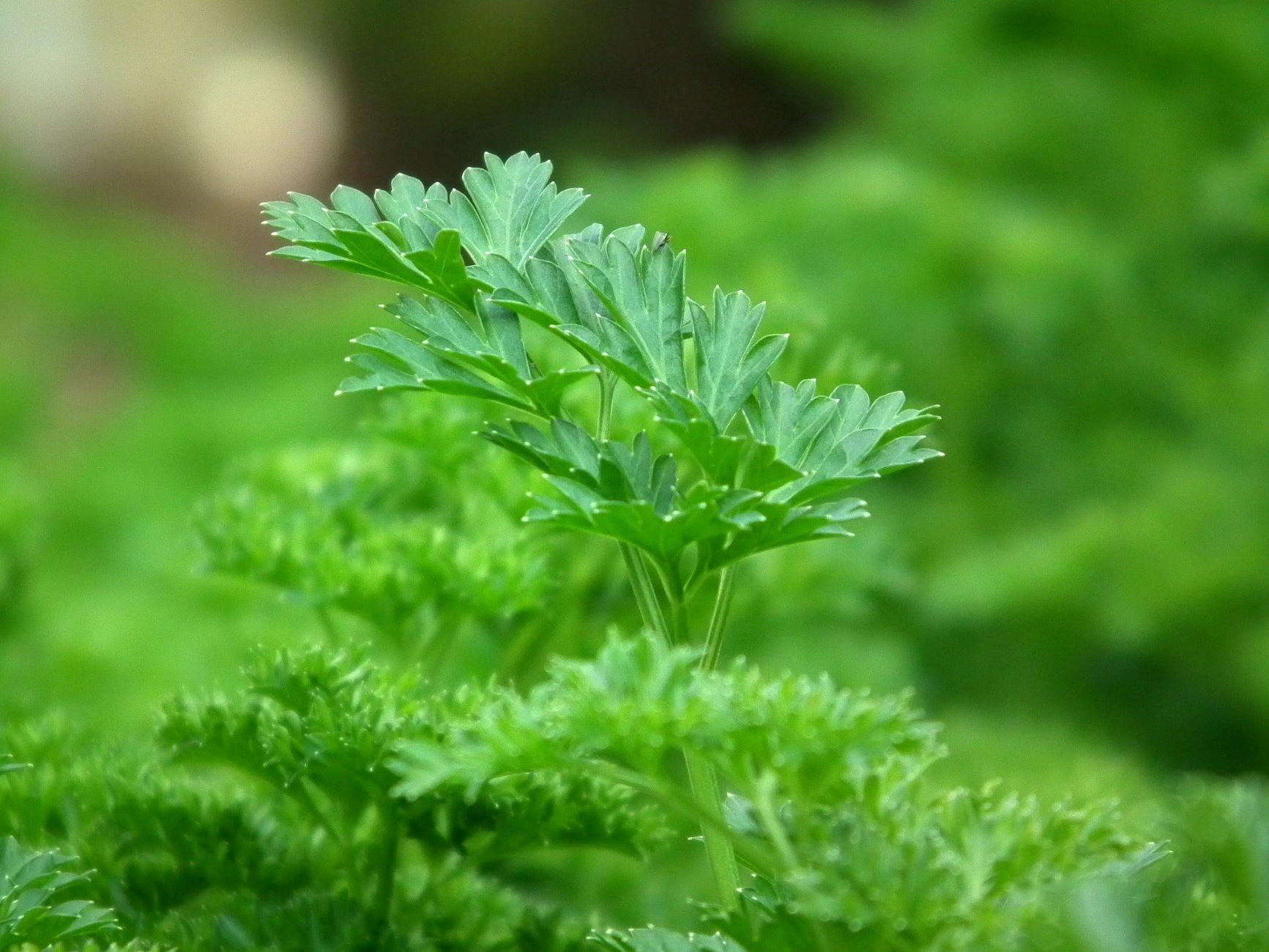
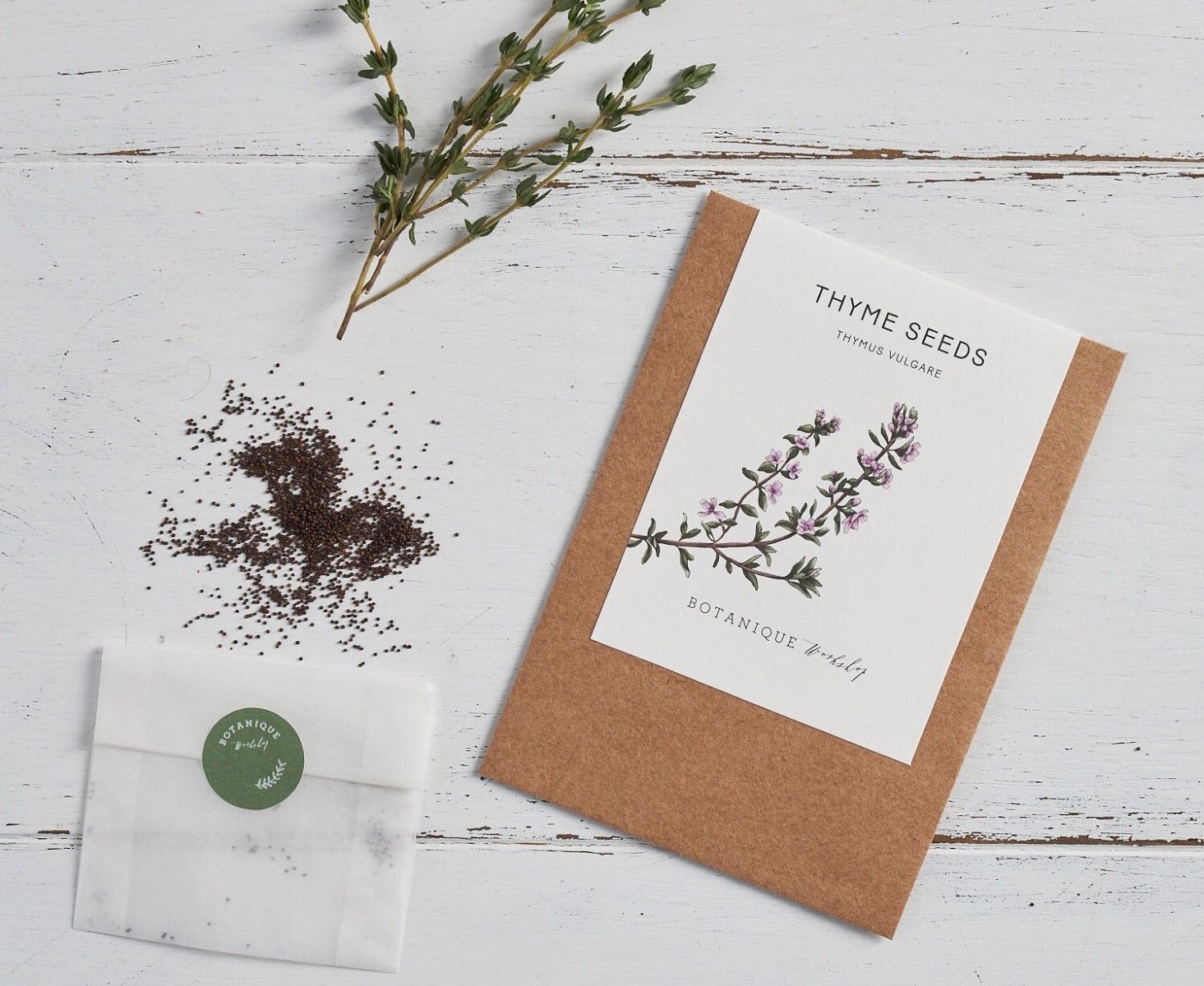

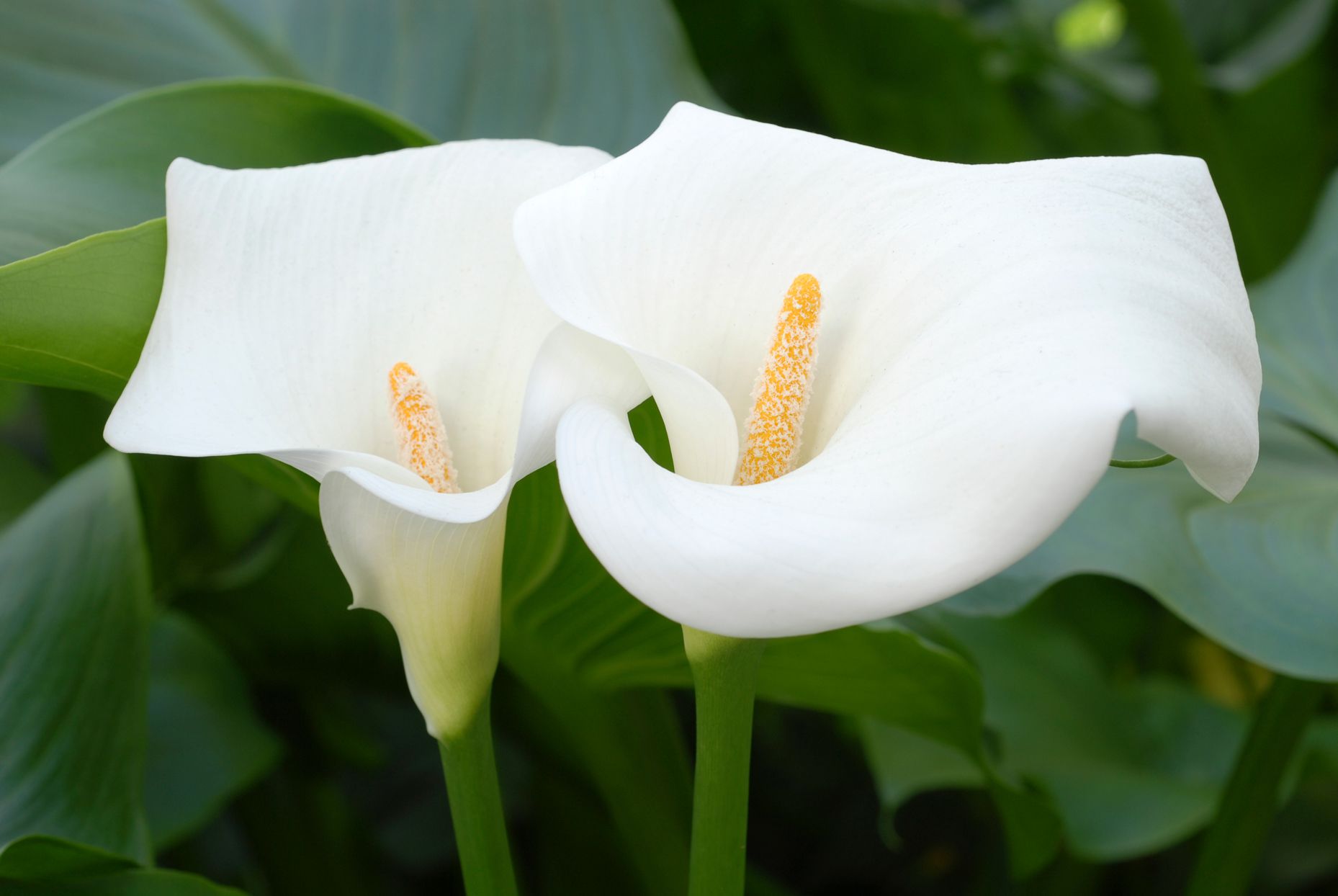
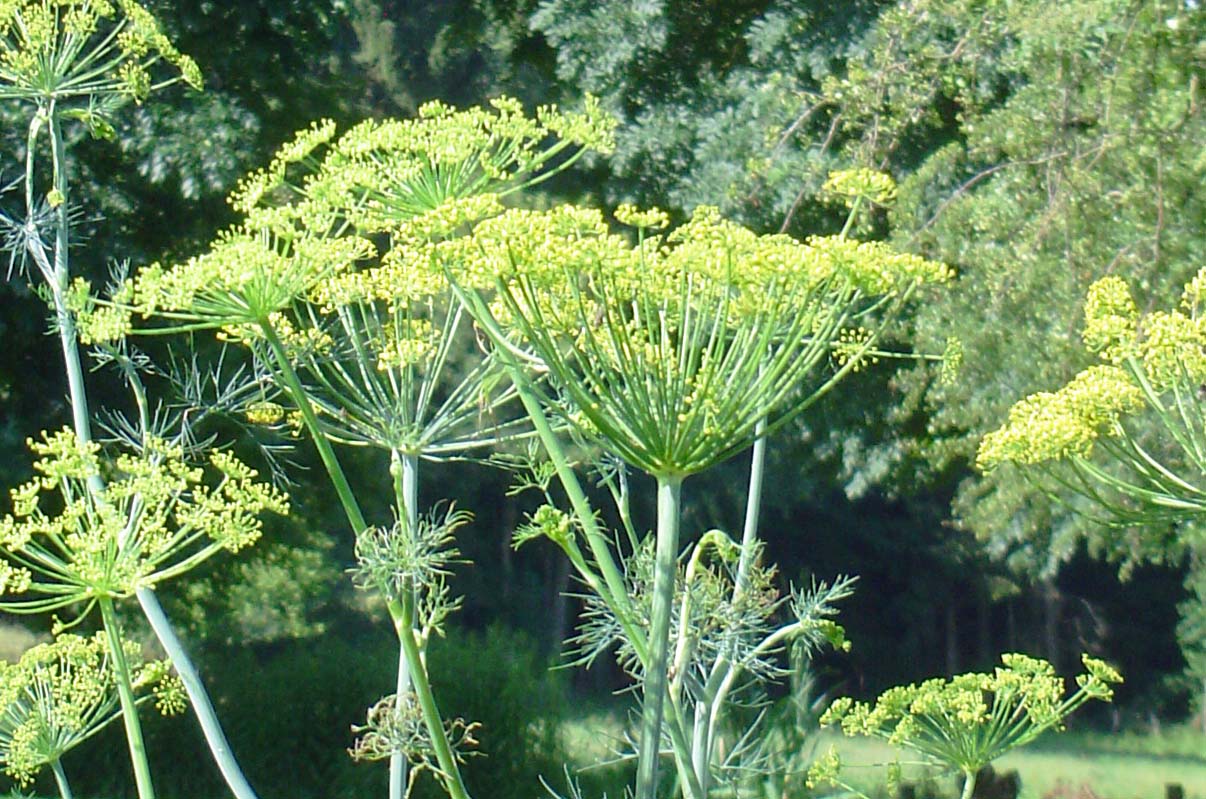
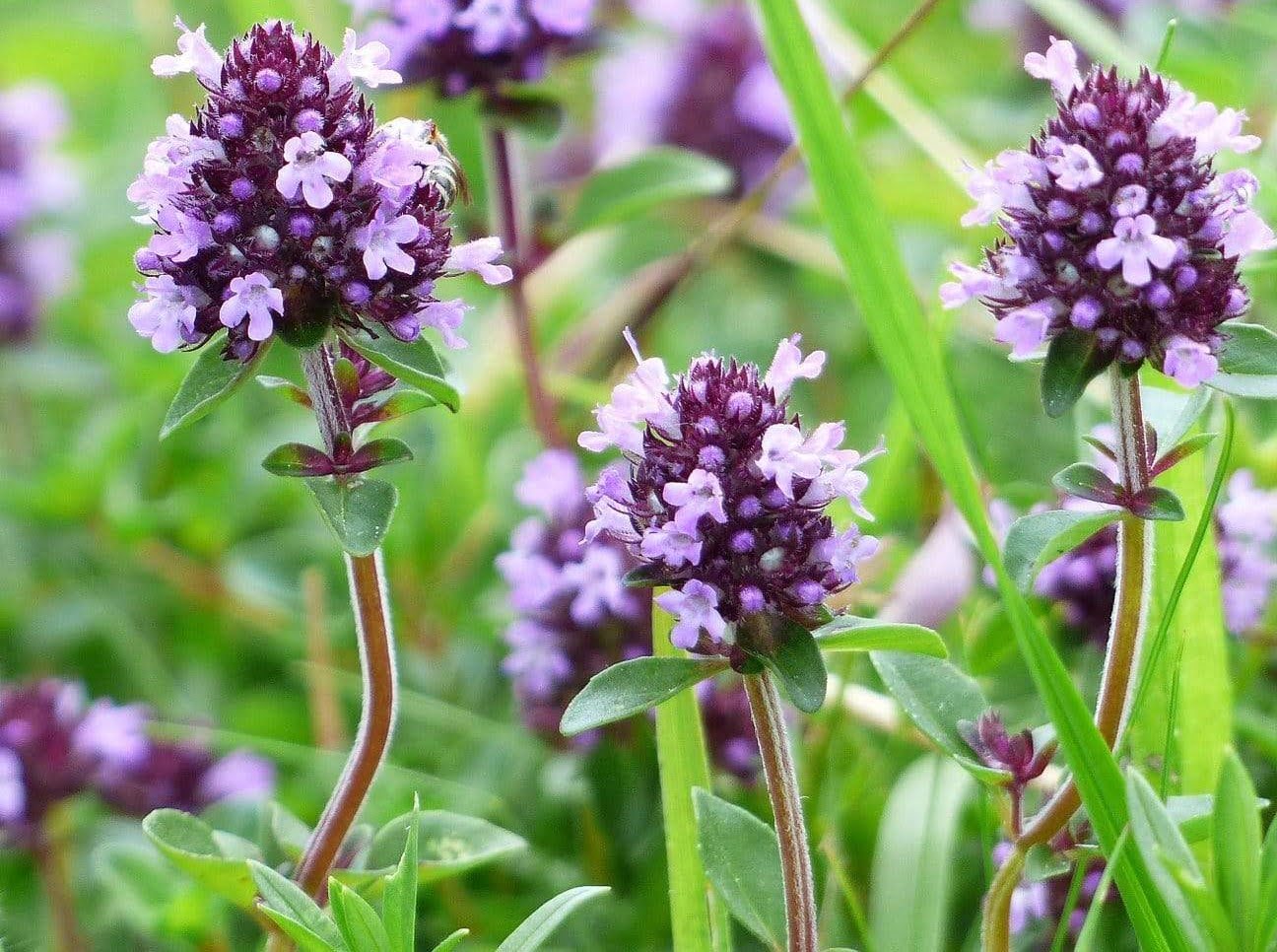
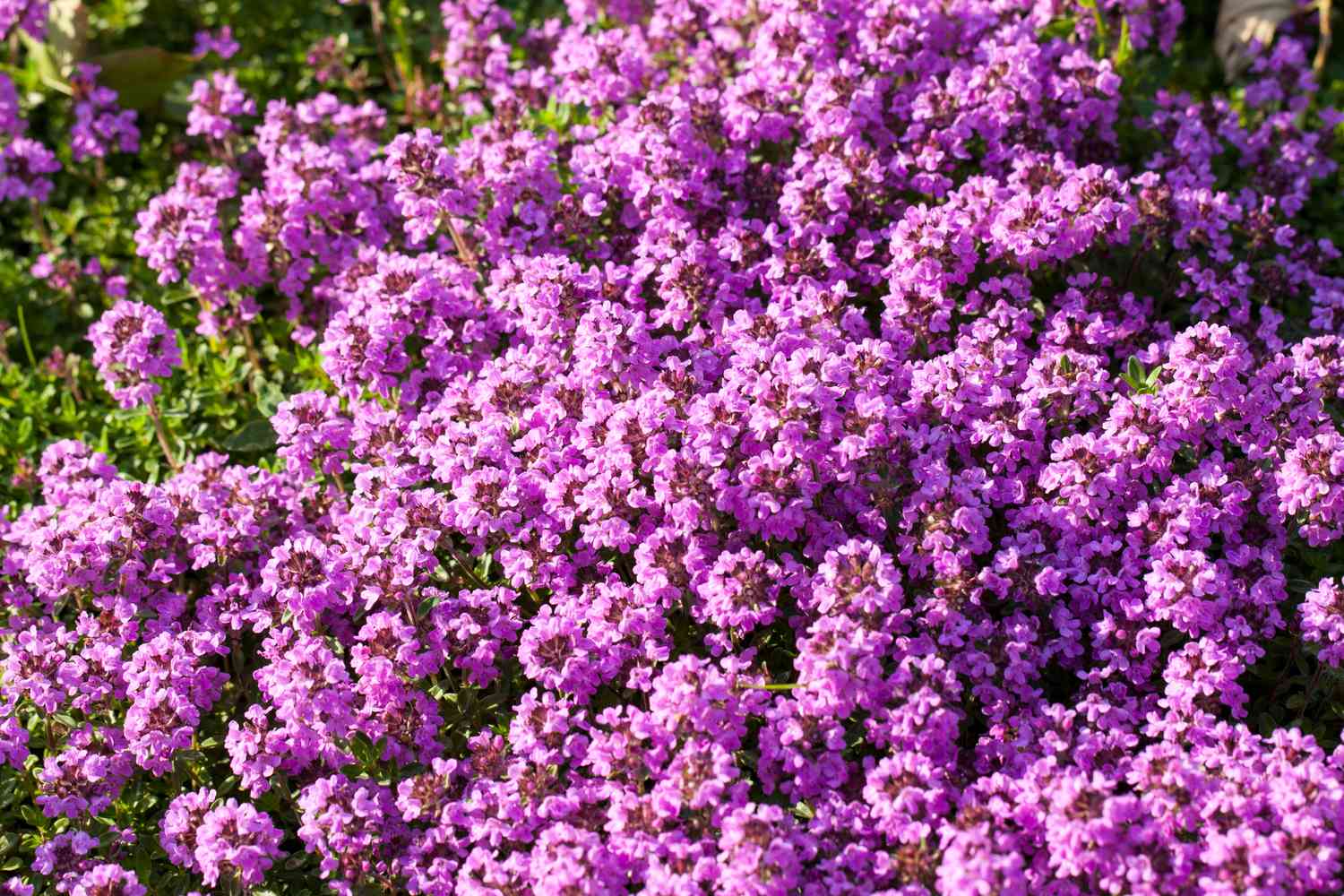
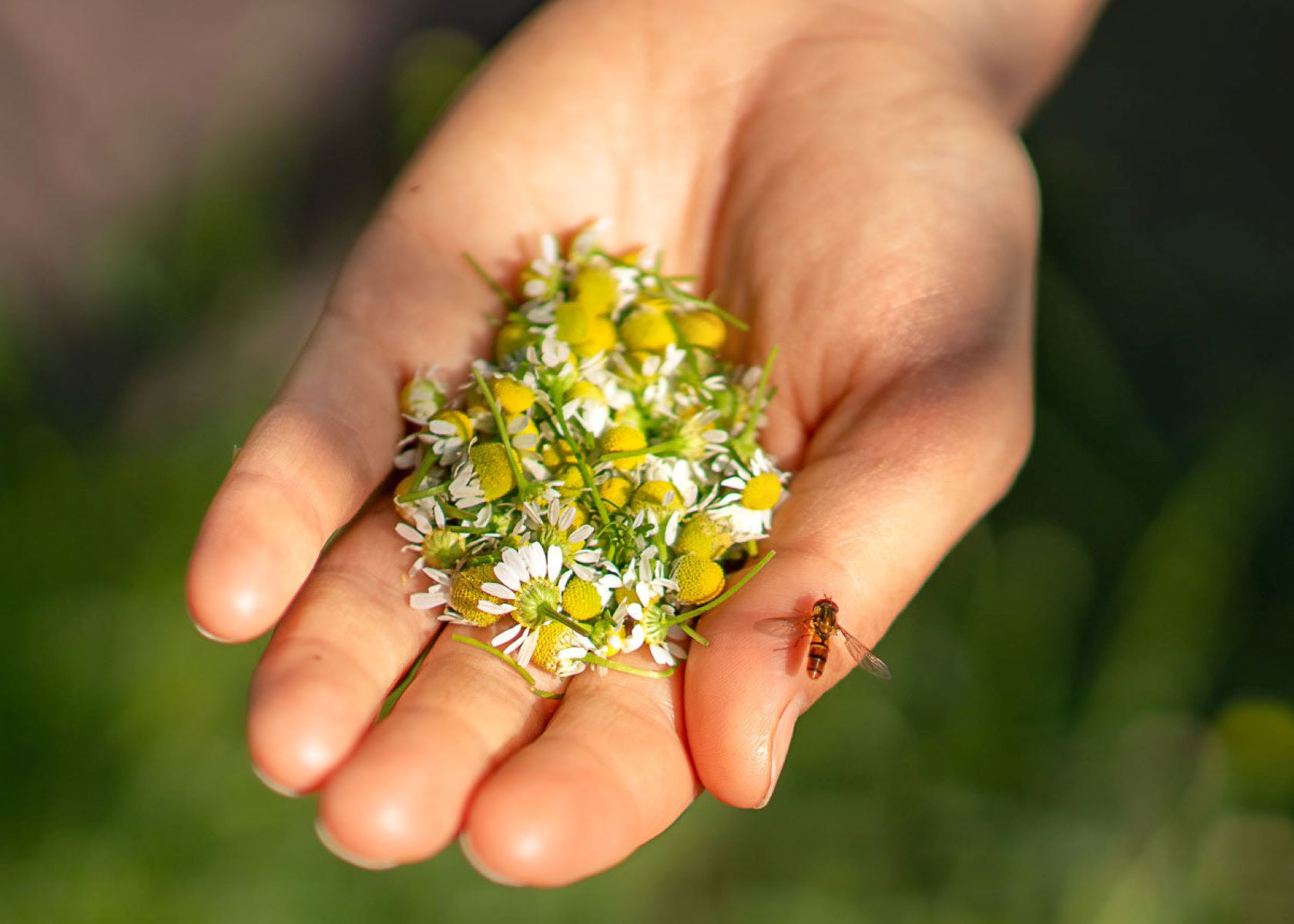
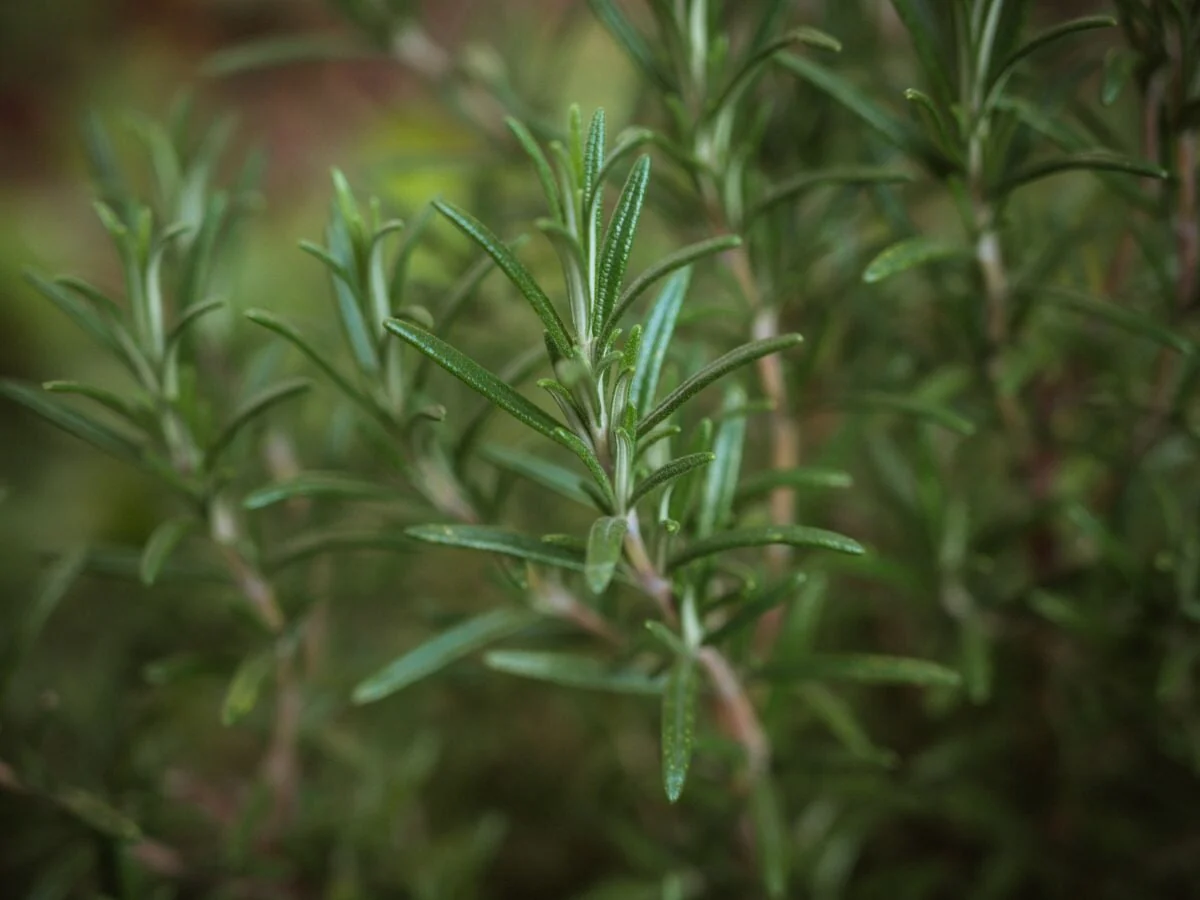
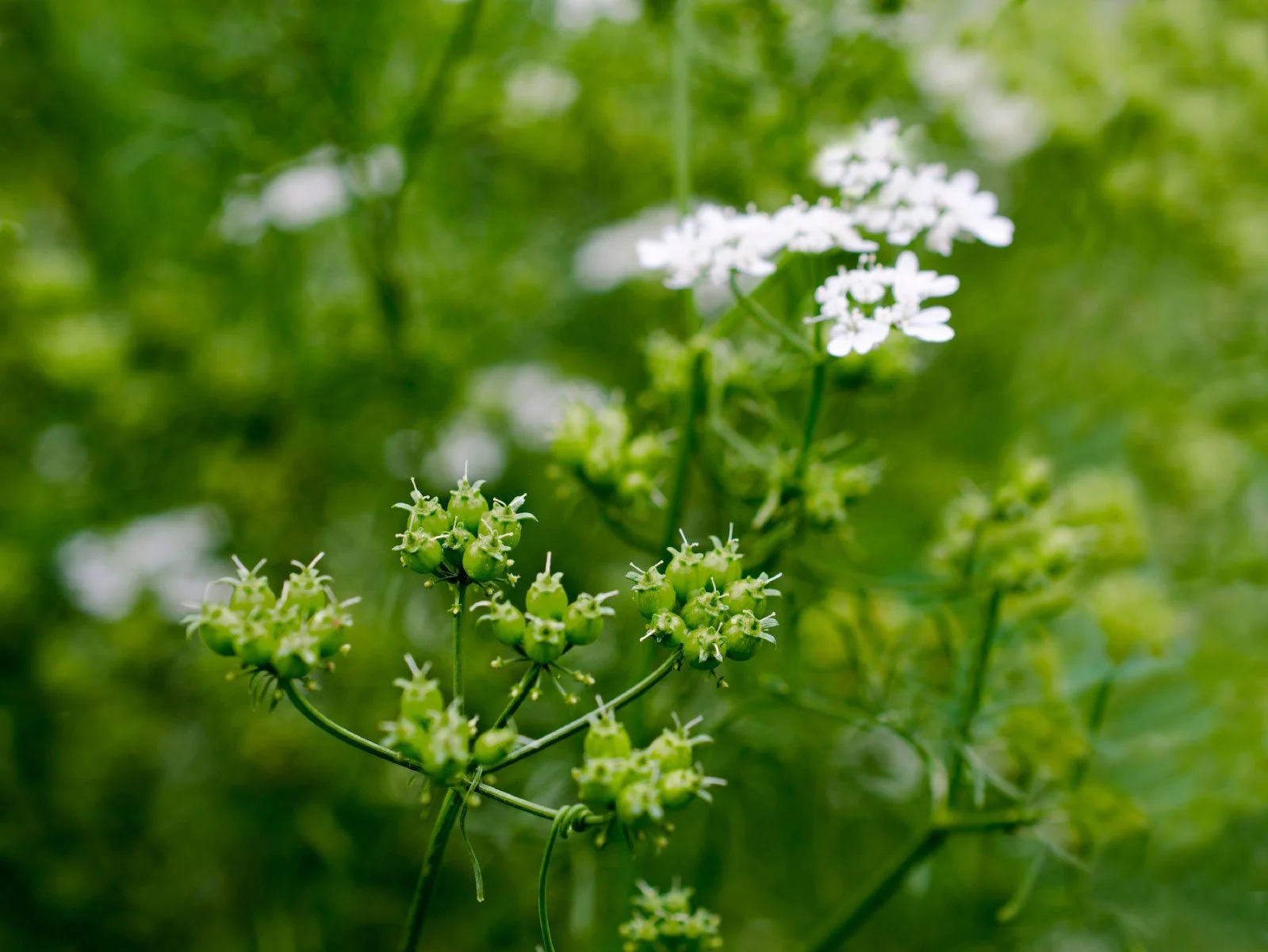
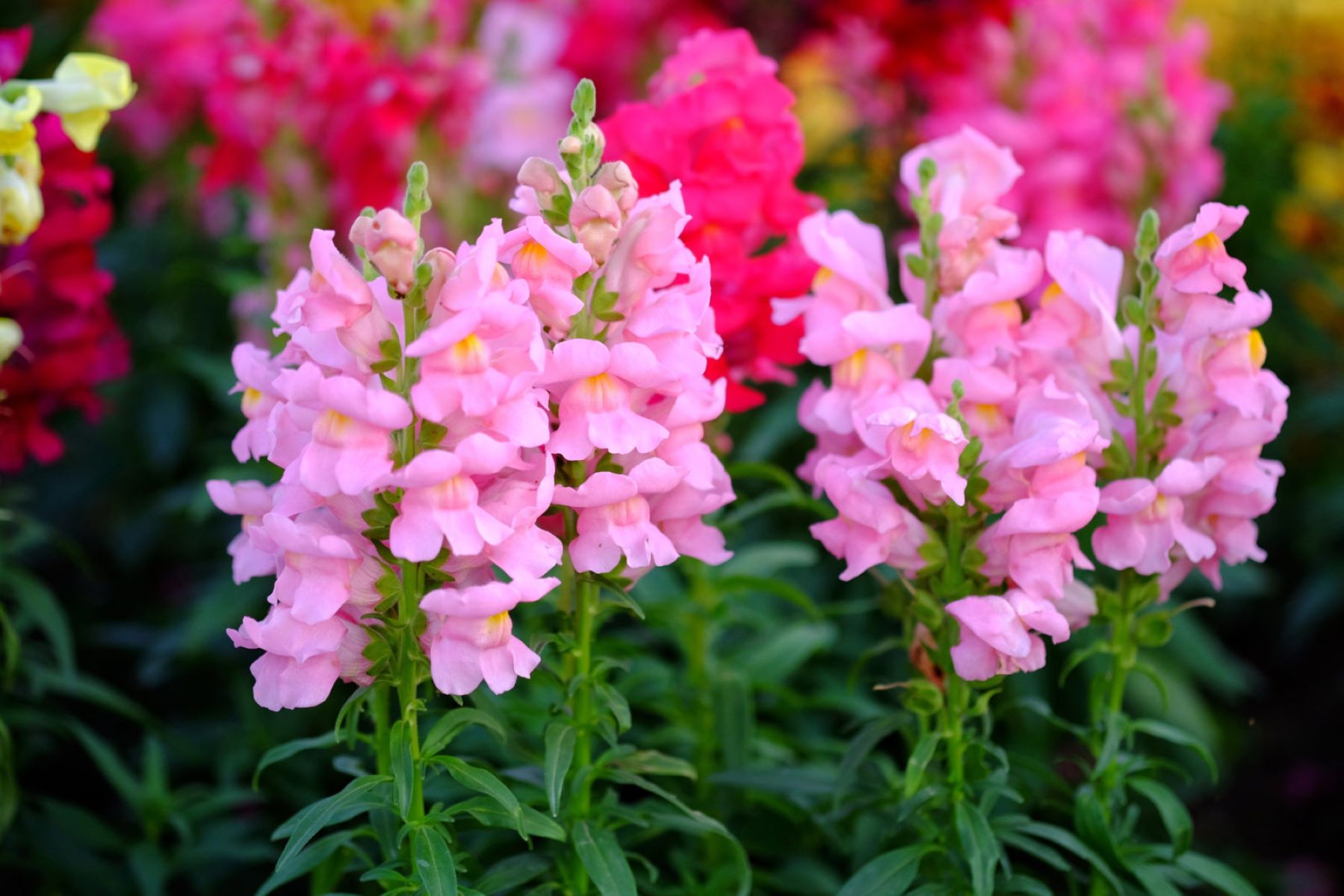
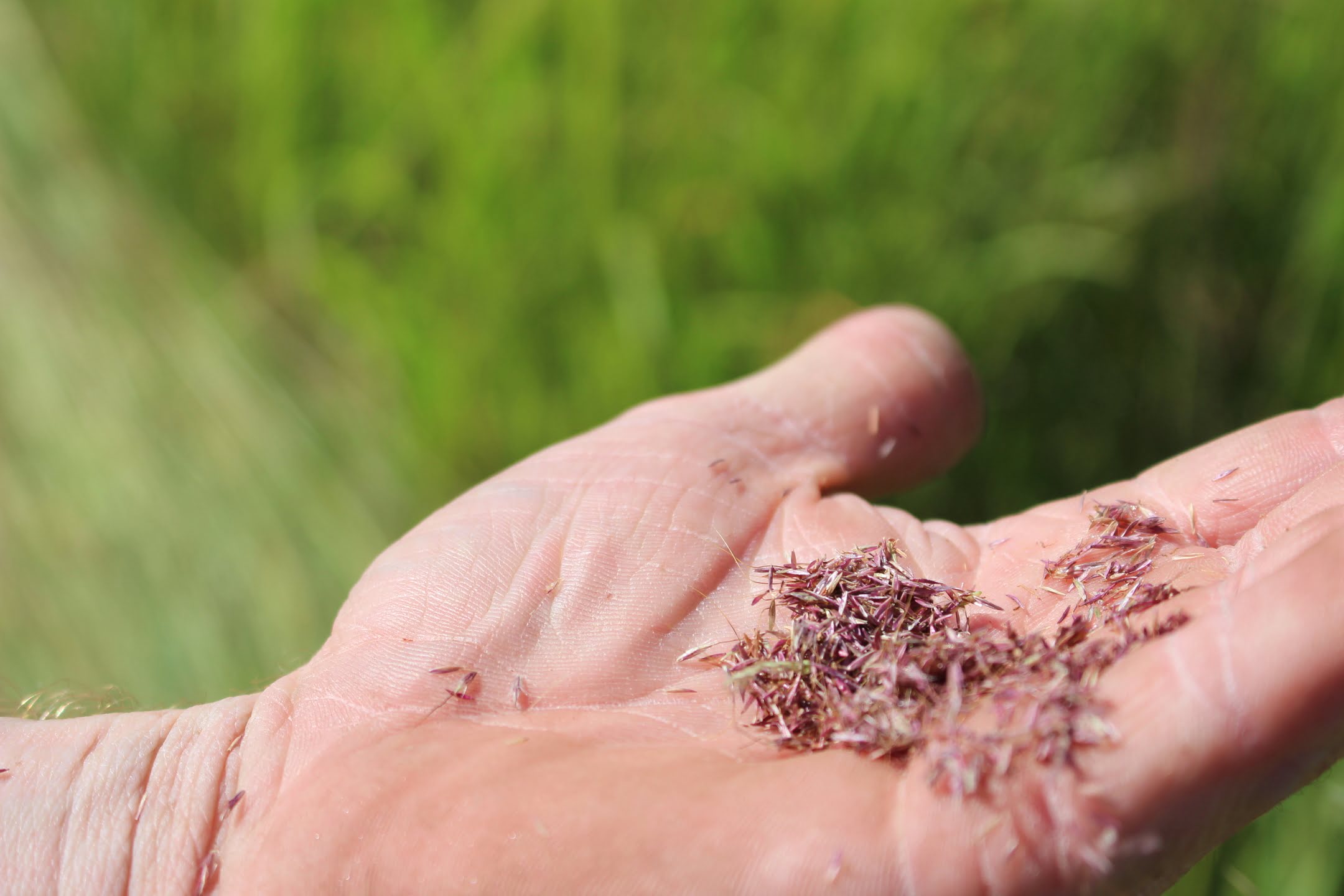
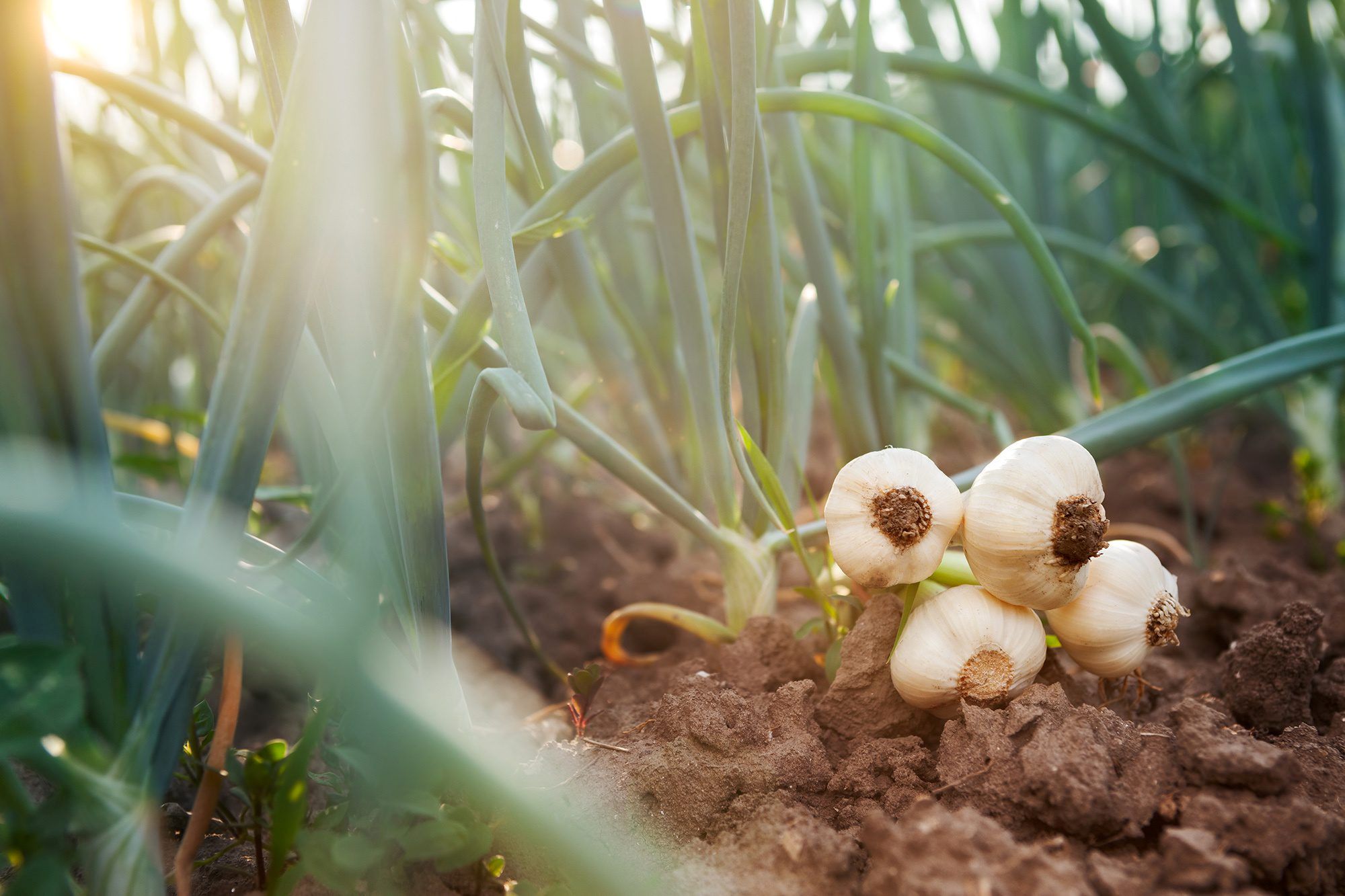

0 thoughts on “How And When To Harvest Thyme”